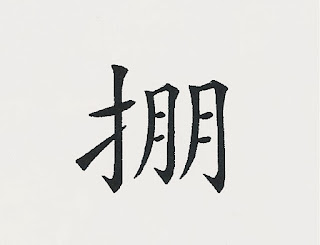marvin8 wrote:However, push is necessary in your examples in order to "borrow" opponent's "force," correct? IOW, there is no borrowing without push.
Push is important in action/reaction; like in your examples. I believe your signature statement should include a qualifier to be more accurate.
You can borrow your opponent's force by push or pull. IMO, pull is better than push.
When you
- pull, your opponent can borrow your pulling force and push you. But you can step to the side and lead him into the emptiness.
- push, if your opponent's legs are free, he can borrow your pushing force, and lead you into the emptiness.
You can still control the situation after pulling. You can't control the situation after pushing. The only time that I use push is when I can get my opponent's leading leg and interrupt his mobility. If my opponent's legs are free, I'll never push.






